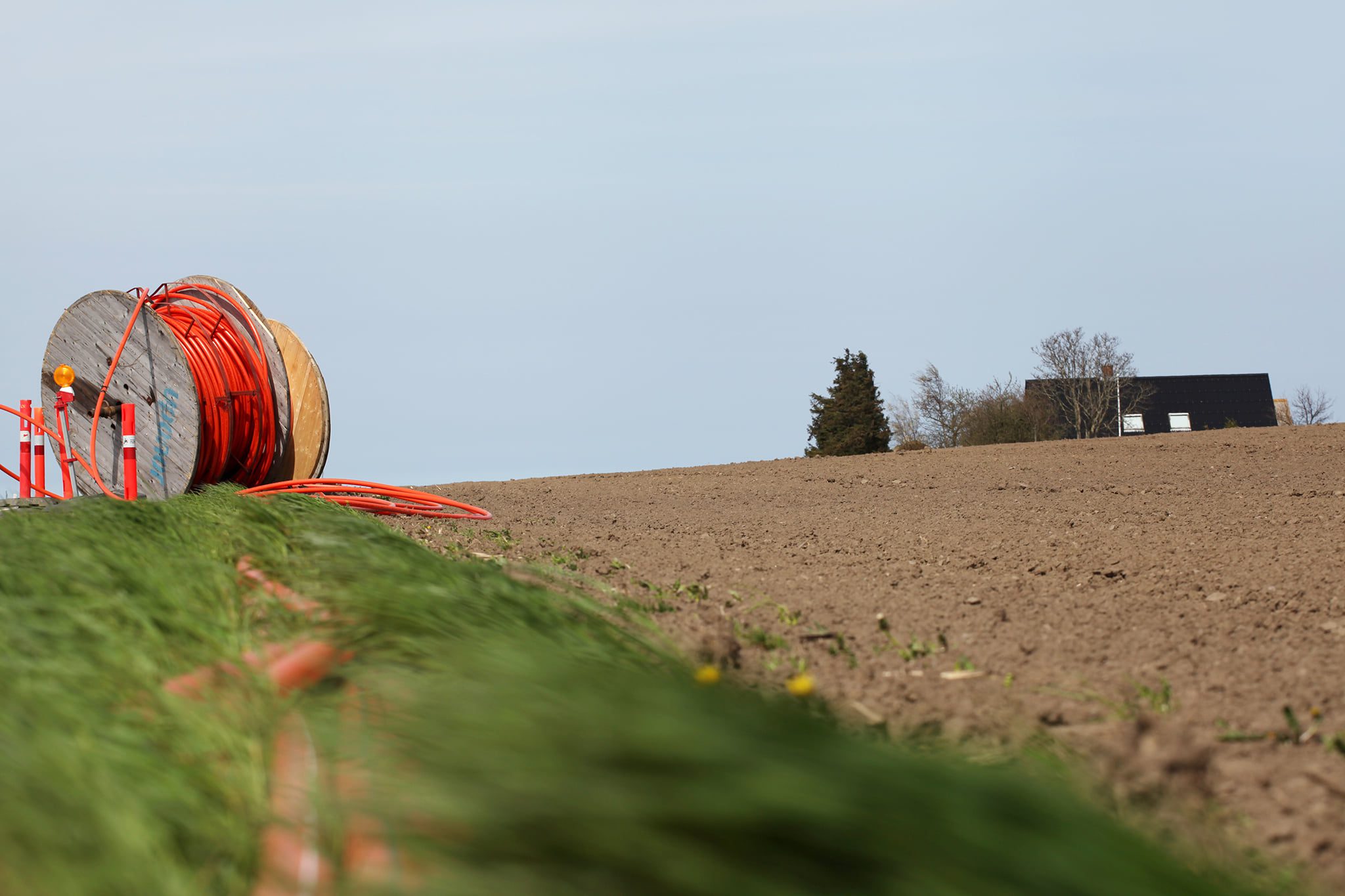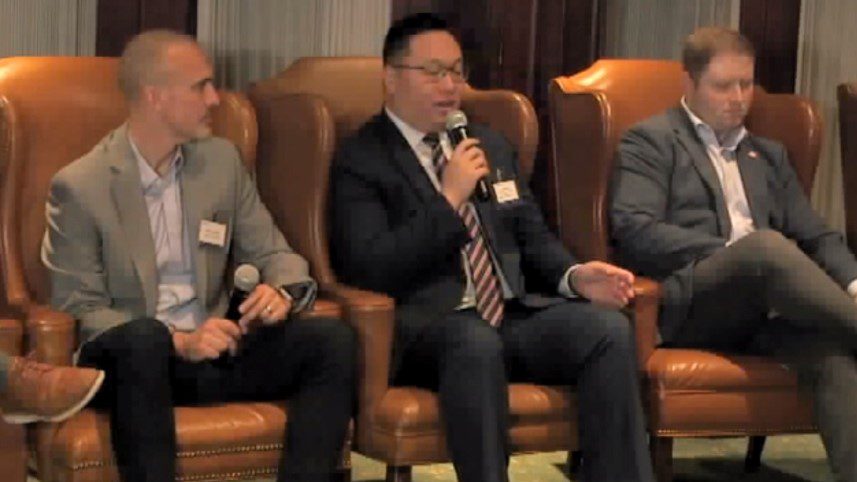Return of Congressional Earmarks Could Hasten Rural Broadband Funding
Randy Sukow
|

A traditionally controversial form of federal spending, “Congressional earmarks,” is making a comeback. Nimble community organizations will be looking to earmarks to procure funding for a host of infrastructure projects. NRTC is prepared to help members identify broadband and smart grid construction projects worthy of congressional earmarks.
An earmark is when a senator or house member inserts specific spending into the federal budget. While earmarks allow members of Congress to bring helpful spending to their constituents, the practice drew criticism for many years for allowing inefficient spending. After an 11-year absence Congress again included earmarks in the 2022 budget and is in the process of inserting them again in the 2023 budget.
On March 18, the House Appropriations Chair kicked off the FY 2023 appropriations process with a Dear Colleague letter which included a member request process (PDF). The FY 2023 procedures limit house members to 15 project requests and both Representatives and Senators have begun outreach.
House and Senate Agriculture Committees have provisions for broadband expenditures, including spending directives for the ReConnect program, and have set internal deadlines of April 28 and May 6, 2022 respectively. Similarly, House and Senate Energy committees have guidance related to electric, energy efficiency, and cybersecurity projects, with internal deadlines of April 29 (House) and May 6, 2022 (Senate).
Congressional offices may take various approaches to request earmarks (also called “Congressionally directed spending”). Some may submit directives for funding in a particular program, like the Rural Utility Service’s ReConnect program, while others may submit specific “Community Project” requests.
Some Congressional offices may use paper forms, while others may use web portals or other methods to collect and assess proposed constituent projects. Individual offices may set their own individual deadlines and some offices may decline to participate in the earmark process at all.
If your representative or senators are accepting earmark proposals, take these outreach actions:
- Scope your project (the average earmark in 2022 ran between $100k-10M).
- Prepare a Project Description.
- Identify the Benefits of the project and why it is a priority.
- Distinguish Amounts Requested from the Total Project Cost.
- Estimate the start and completion dates.
- Identify community support and gather Letters of Support.
Action
- Contact your congressional delegates’ offices to find out what their approach will be regarding earmarks.
- Schedule a meeting or phone call to discuss the project and have Letters of Support and Project Descriptions available for the meeting.
For more information, contact funding@nrtccoopstg.wpengine.com or your NRTC regional business manager or regional sales director.


